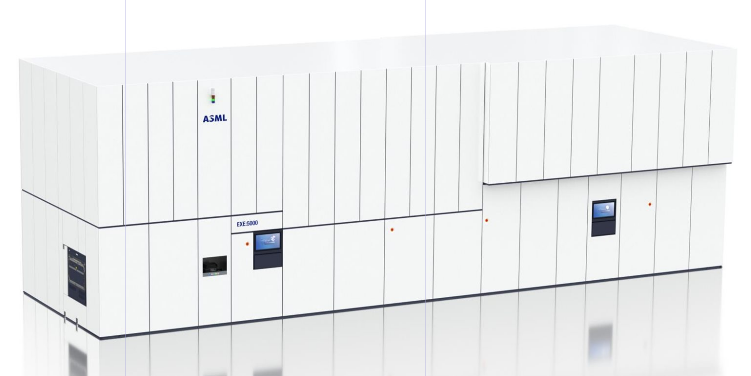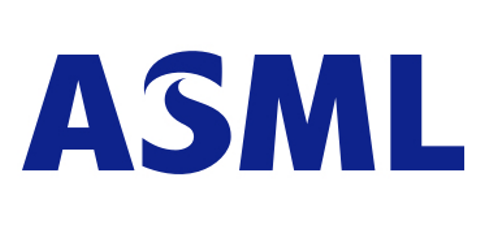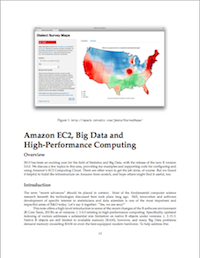ASML, whose chip manufacturing machines produce advanced microprocessors used for HPC and AI, says it has set a new chipmaking density record with its new High-NA machine, breaking the previous record set only two months ago.
According to a Tom’s Hardware story, the announcement came at the Imec’s ITF World 2024 conference.
High NA systems are the latest generation ASML’s Extreme Ultraviolet (EUV) lithography machines. With a numerical aperture (NA) of 0.55, their new optics provide higher contrast and print with a resolution of 8 nm, according to the company. ASML, based in The Netherlands and now Europe’s largest technology company, is the only company in the world to produce EUV machines, which are roughly the size of a school bus and cost approximately$380 million US.
ASML, which represents high value in heightening techno-political tensions between the US and China, is banned from exporting its EUV machines to the PRC.
According to the Tom’s Hardware story, “The EXE platform will support high-volume chip manufacturing in 2025–2026, enabling geometric chip scaling into the next decade. That will include future advanced nodes, starting at the 2 nm Logic node and followed by Memory nodes at a similar density. By reducing the number of process steps in high-volume manufacturing, chipmakers will benefit from significant reductions in defects, cost and cycle time.”

ASML Twinscan EXE: 5000
The High-NA EUV machine has printed 8nm dense lines, which is a density record for a production environment machine. “This beats the company’s own record it set in early April when it announced it had printed 10nm dense lines with its pathfinding High-NA machine located in its joint lab with imec at ASML’s Veldhoven, Netherlands headquarters,” according to Tom’s Hardware.
While the advance comes after more than a decade of R&D work, “more work remains to be done to optimize the system and ready the technology for mass production at major chipmakers.”
ASML also indicated the company may develop a “Hyper-NA” chipmaker for further scaling. Former company president and CTO Martin van den Brink, now an ASML advisor, said this could “reduce EUV chipmaking costs by radically boosting the speed of future ASML tools to 400 to 500 wafers per hour (wph), more than double the current peak of 200 wph. He proposed a modular unifying design for ASML’s future families of EUV tools as well,” Tom’s Hardware reported.





Speak Your Mind